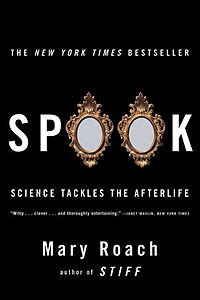Writing goals: include all information about the article and rhetorical devices in a concise, coherent writing piece
Talking shape-shifting dogs, kidnapping ice kings, scientific candy princesses–author Emily Nussbaum correctly describes all of these things as "dreamlike" but also "druglike." Whoever may come across these adjectives may think that they are being used to describe some crazy dream or a painting by a modern surrealist. However, Nussbaum is describing a TV show that airs on Cartoon Network: "Adventure Time." In her article "Castles in the Air," Emily Nussbaum discusses the complexity in a story that otherwise seems childish and harmless. By using vivid diction, Nussbaum achieves her purpose of illustrating what many may not know about the show "Adventure Time"–on the surface, the children's TV show seems very frivolous and trivial, but the background hints at something much larger and more complex than an everyday cartoon.
Emily Nussbaum is a writer who previously worked for New York but is now a TV critic for The New Yorker. She writes about various popular TV shows, including "True Detective," "Mad Men," and "Sherlock," telling adults who read The New Yorker about shows they may want to keep an eye on. "Adventure Time" sticks out on her list of reviewed shows because it isn't one that most adults have watched or even heard of. Nussbaum initially describes "Adventure Time" as a light-hearted story in which "a good-hearted human boy named Finn and his dog, Jake, a gruff-voiced wingman type, were brought up as siblings." Sounds simple enough. "But," she continues, "as the series progresses, an eerie backstory emerges." She reveals that the show is actually about a post-war world in which all humans have either died or mutated into something else, besides Finn. She continues this thought by studying some of the eccentric characters the show offers–the Ice King, "who keeps trying to kidnap princesses and marry them," and Marceline, "a punk-goth vampire [who] has a mobster-like dad." Behind what seems like a very quirky and cheery atmosphere is actually a world ruined by war and other conflicts: "the background hints at a ruined world: missiles poke out, and abandoned technology is everywhere. Bodies morph grotesquely–when Marceline's father gets angry, he transforms from a businessman into a demon with an ass face" Nussbaum writes, possibly hinting that no matter how ridiculous "Adventure Time" is, it is still as real as any realistic fiction TV show for adults. By describing parts of a children's show as "goofy" get "grotesque [at points,]" Nussbaum effectively achieves her purpose of showing adults that even a show about a little boy, his stretchy talking dog, frustrated lemon-heads, and southern elephants can have an insightful message.
"Adventure Time," a quirky, colorful children's show, can actually tell you much about the real world


